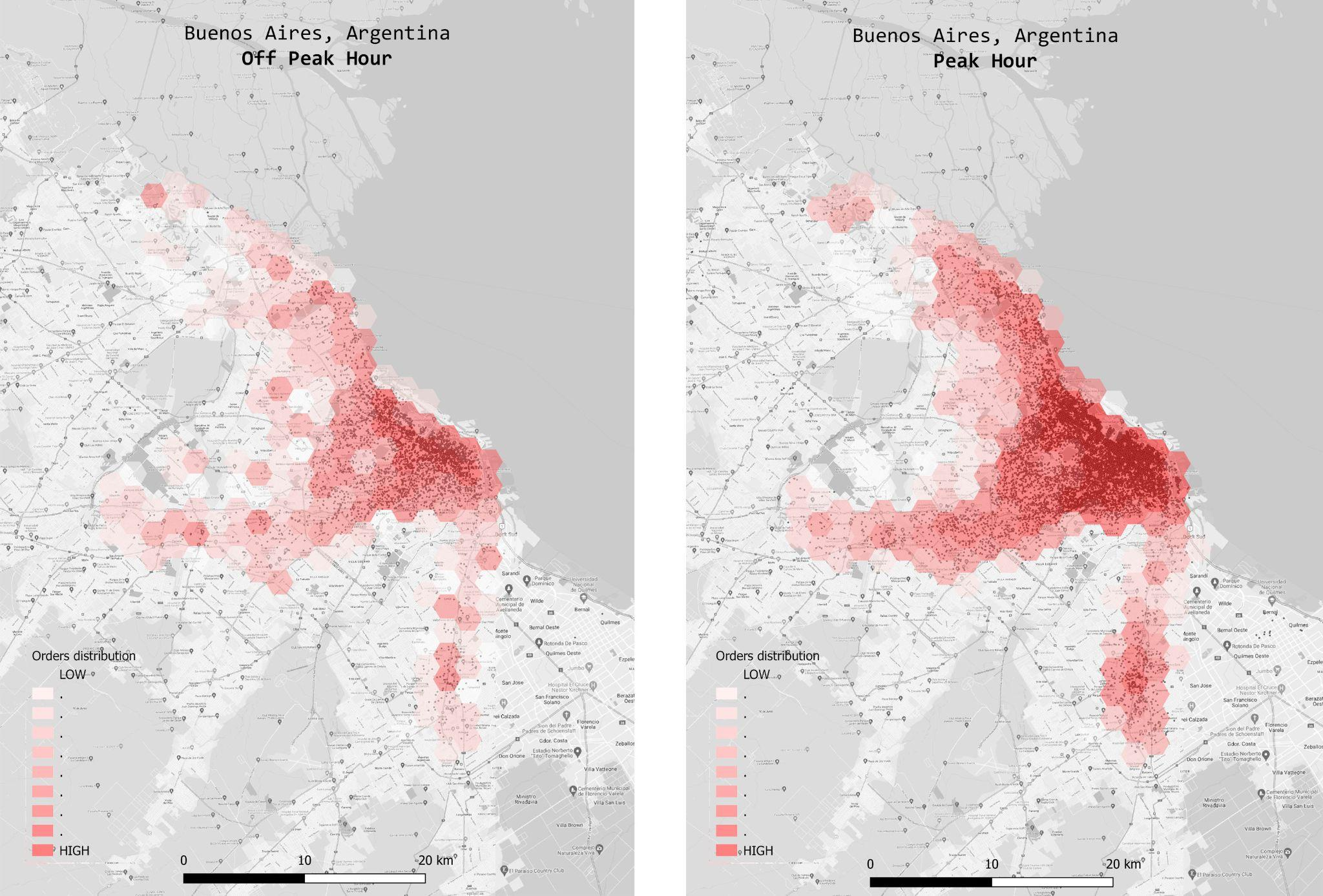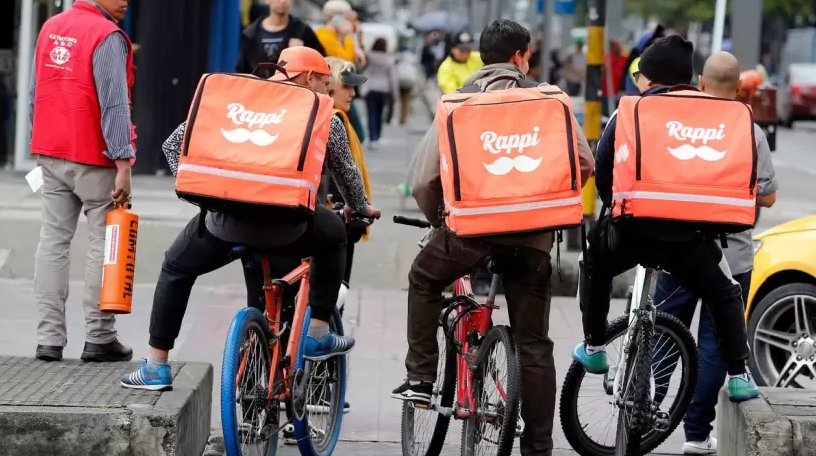ENGLISH | ESPAÑOL
How to effectively organize a courier fleet’s space-time distribution in a city and help people gain more economic capital
In every high-demand delivery marketplace or e-commerce delivery business there is the fundamental problem of how to best operate and distribute a fleet of vehicles given a certain demand. This is even more complicated when you have to create a system that can technologically adapt to different cities and periods. Many companies, start-ups and academic researchers have tried to solve the problem, naming it as the “dynamic vehicle routing problems” (Alonso-Mora et al. 2017) or “the minimum fleet problem in on-demand urban mobility” (Vazifeh, Mohammad et al. 2018). In this post, we will discuss how Rappi is resolving this worldwide issue by putting in place an adaptable and effective plan to establish a profitable marketplace operation for more than 300 cities in Latin America.
Current delivery marketplace pains
There are different issues to take into account at the moment of designing/creating a distribution system that can adapt to an on-demand marketplace.
The first issue to solve is the spatial or geographical aspect. In cities, consuming/demand behavior is not uniform across urban areas. This generates the need for a system that must distribute the fleet according to potential demands. The major pain that the system needs to solve is an efficient model to distribute fleet couriers in certain areas according to the day-to-day operational needs.

Different geographic demand distribution in México City, Bogotá and Sao Paulo.
The second feature to take into account is the temporal aspect. In cities, the consumption/demand behavior is constantly changing between hours. For example in the restaurant delivery business, lunch and dinner peak hours become strategic hours where the marketplace needs a higher number of vehicles than in other hours. In addition, peak hours do not occur at the same time in each country/city, which makes it difficult to create one single system to apply in different countries or cities across regions.

Different time demand distribution in Buenos Aires, Argentina (left: Off-peak time, right: Peak time.
The third feature to take into account is the segmented supply, which in part is tied to the two previous considerations. In current delivery e-commerce models, open systems where the fleet can choose where and when to work have become quite popular around the world. In this case, any implemented system should be able to provide this excellent value proposition for workers, at the same time providing enough incentives for fleet members to cover the marketplace needs..

Rappi has provided an interface where people can work according to their schedule with a vehicle of their preference. Image by: @Santiago Ayala Sarmiento/ForbesEC
The last point to solve is the flexibility of this system. In order to truly create an efficient marketplace, the fleet distribution system has to be able to be flexible for unexpected events. It should be able to solve any demand changes on holidays, extreme weather conditions or other conditions. This becomes a constant in any marketplace where the demand usually changes due to the behavior of consumers
All of these problems make it difficult for any market to function, necessitating the use of a strategic distribution system that is supported by the most recent technology. The ultimate objective is to develop a model that can meet the entire market demand without subjecting the final customers to a significant number of delays or cancellations.
Organizing the courier fleet’s space-time distribution
By taking into consideration all these factors, in my work at Rappi we have created a technological systems that are spatially and temporally accurate with the marketplace needs, flexible for our courier partners and adaptable for new marketplace conditions. This is empowered by Rappi forecasting data technology, which can provide a quite accurate forecast of the orders and couriers that we will need during operations in all the cities across the nine countries where we currently operate.
The system manages to solve the four previously mentioned problems that affect delivery marketplaces. It solves the geographical problem, by creating a system where couriers can work in different city zones according to their demands. It tackles the temporal problem, by providing an optimal number of work options according to the peak and off-peak hours demand. The system also provides a segmented opportunities for workers to reserve according to their work schedules, generating new work value propositions for people in the cities of Latin America. Finally, it solves the technology flexibility issue by implementing different technological levers attached to the system, which quickly adapt in case of marketplace conditions change or the day-to-day operations are different from expected.
Finally, as with other technologies and human beings, this solution will keep adapting to new problems and business opportunities to create an even more efficient model in the years to come to provide a better service to the people in the form of final users, restaurant owners or partner couriers .
Interested in more strategies or other useful metrics for investments? Get in touch!
MESSAGE ON SOCIAL MEDIA
CLICK HERE FOR DIRECT MESSAGE